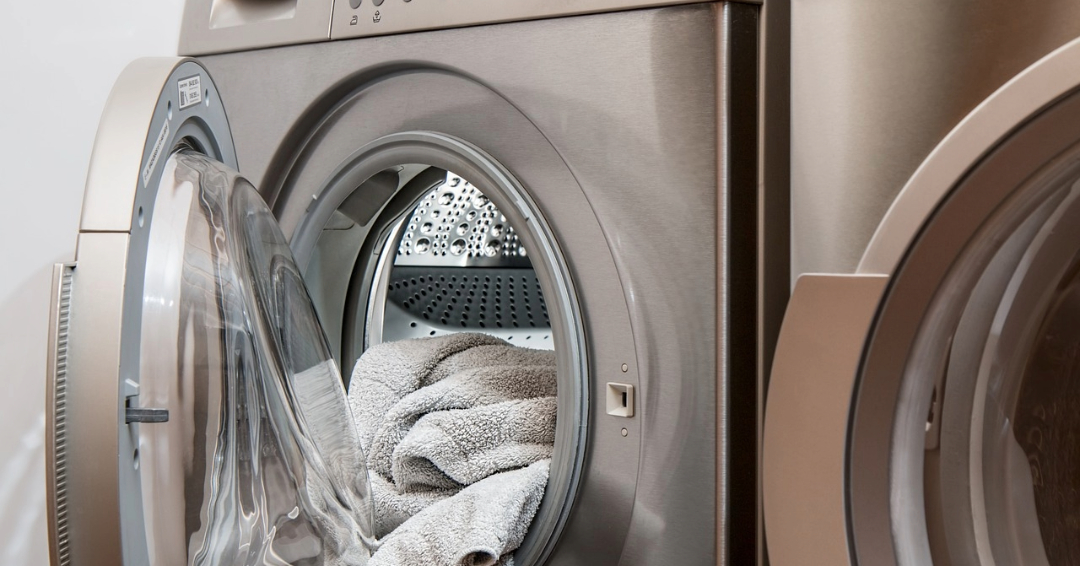Heat pump technology, including heat pump dryers, is a crucial eco-friendly solution in addressing the climate crisis. They efficiently heat water, regulate home temperatures, and now even dry clothes, with up to four times the efficiency of traditional dryers. In Europe, they're already widely adopted. Dryers use about 7% (700 kWh per year) of an average home's electricity.
Heat pump dryers capture and recycle heat from the air using refrigerants instead of creating it, making them more efficient by not venting heat outside.
There are three types of heat pump dryers: 1.Heat pump dryers that use only a heat pump, are highly efficient (100-200 kWh/year), but have longer drying times. 2. Hybrid heat pump dryers are machines that combine a heat pump with electric resistance tech, offering more flexibility in drying modes (400-500 kWh/year). 3. Combo washer/heat pump dryer units are those that combine washing and drying in one appliance, a convenient emerging option.
Heat pump dryers are 61-72% more efficient than standard dryers, contributing to energy savings. Switching to a heat pump dryer can save approximately 500 kWh annually and reduce CO2 emissions by around 190 kg, compared to electric resistance or gas dryers. Heat pump dryers don't need a vent to exhaust damp air; they collect and drain water through a condensate tube or a water collection compartment if a tube isn't available. Heat pump dryers, being more energy-efficient, cost less to operate and can save the average homeowner around $85 a year. Heat pump dryers operate at lower temperatures and significantly reduce the risk of clothes dryer fires, which can help prevent accidents and save lives.
There are also some drawbacks. There are limited heat pump dryer models on the market and they tend to be more expensive than traditional dryers, with longer drying times, and may use refrigerants with high Global Warming Potential (GWP), emphasizing the importance of proper recycling.
Source: Clean Technica

